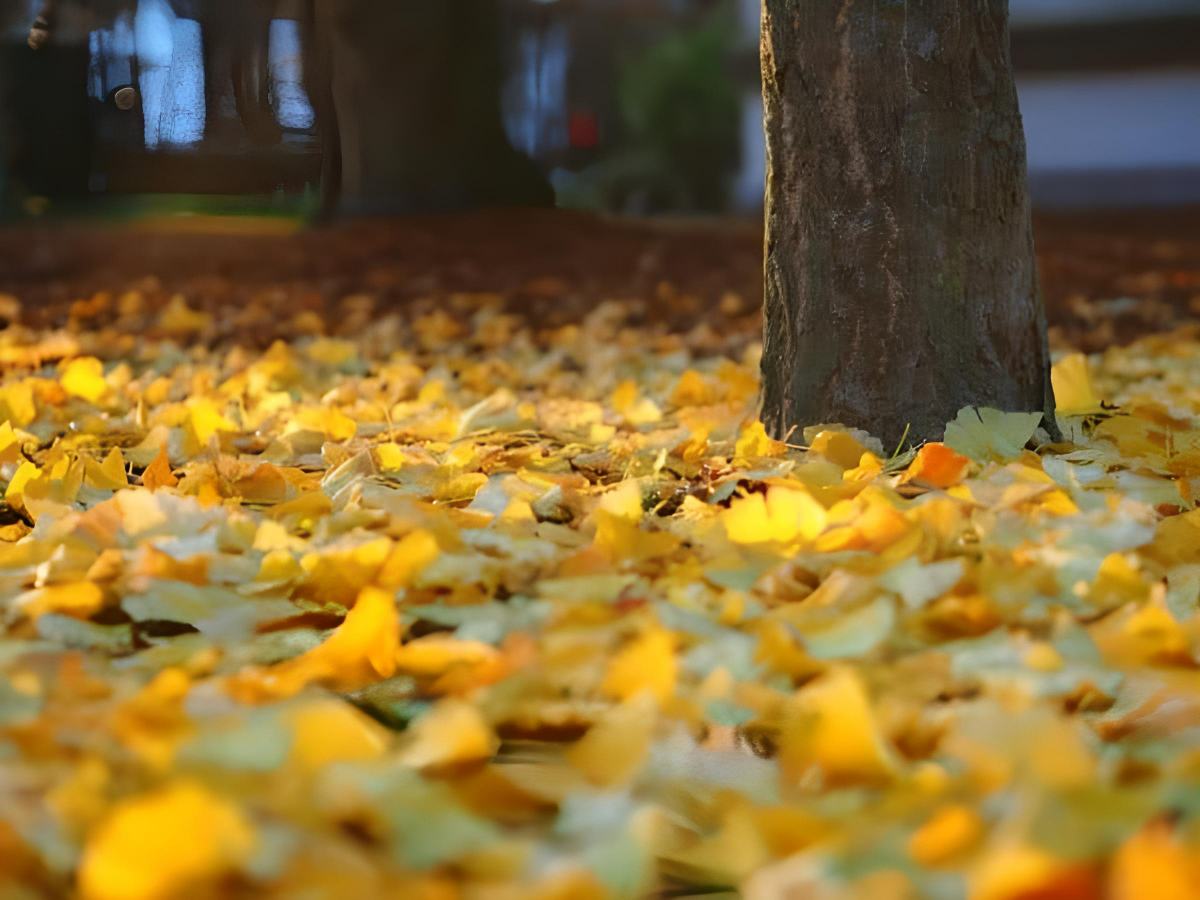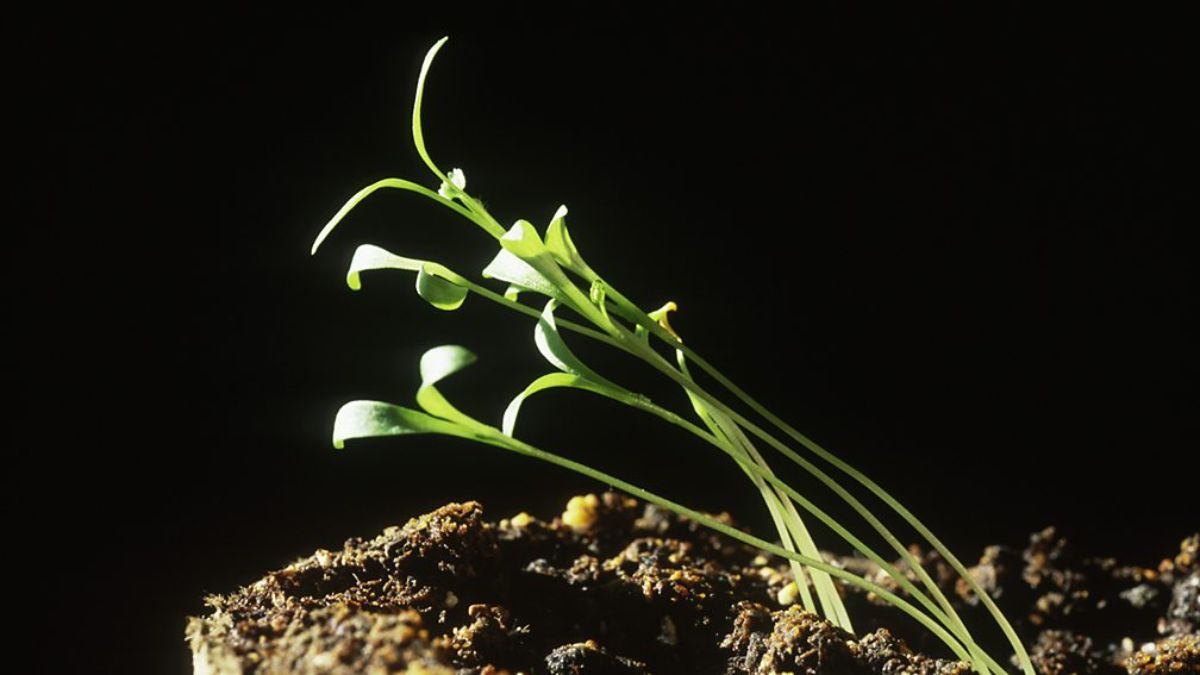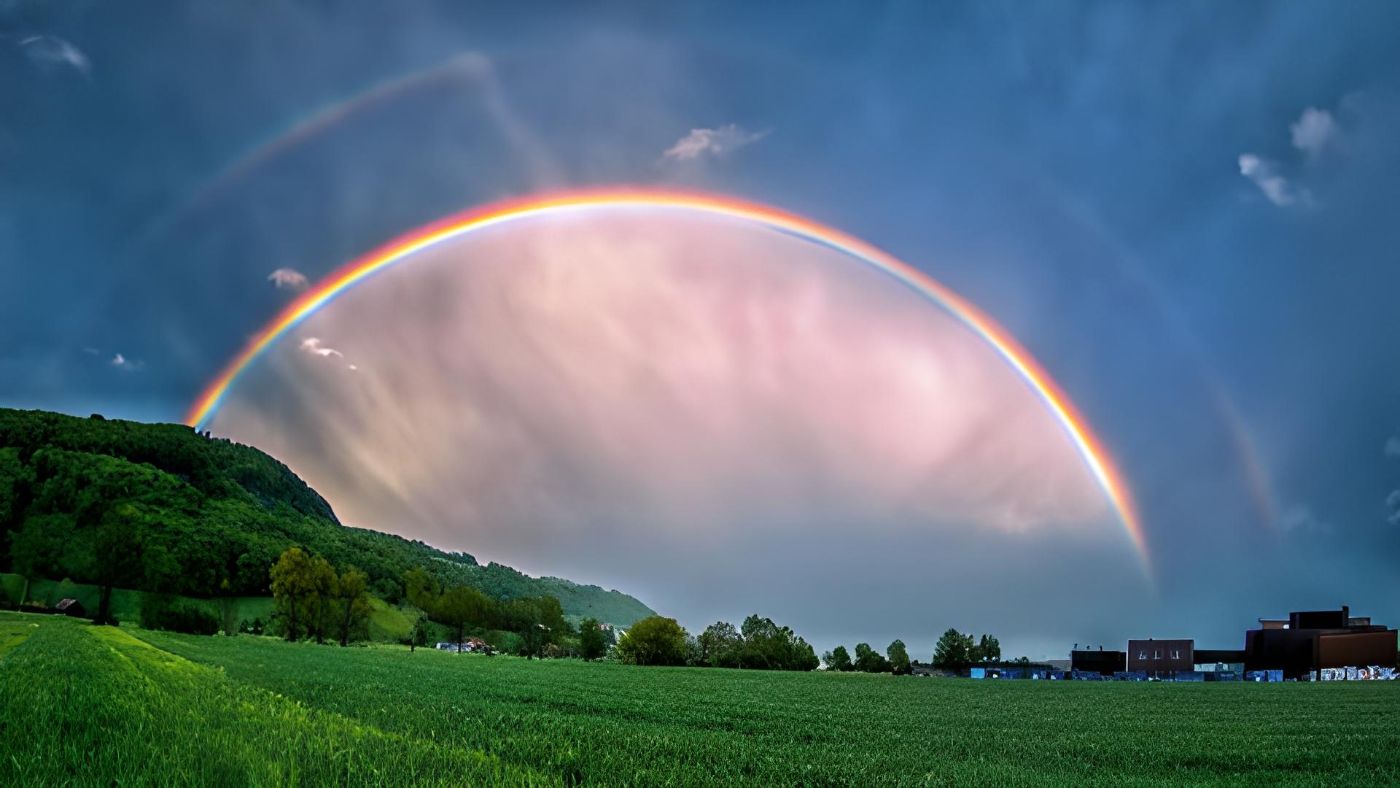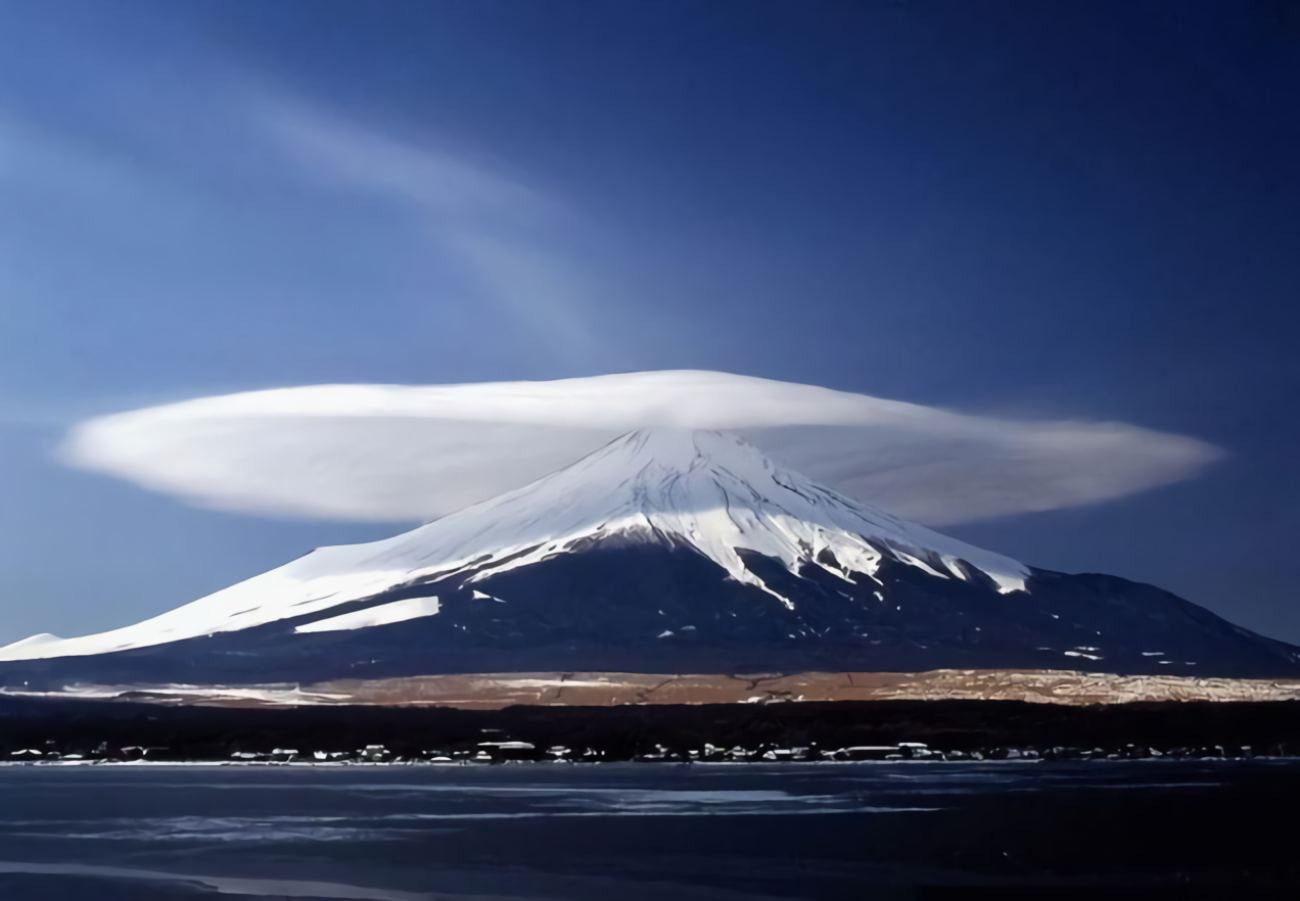With the arrival of autumn, the leaves on most trees change color, becoming red, yellow, or brown. Oaks, beeches, and chestnuts turn entirely bare of leaves in a few weeks. However, conifers like firs, spruces, and other related species don’t appear to care much that fall and winter are on the way. Even in the dead of winter, their needles maintain their vibrant green color. Although most shrubs lose their leaves in the autumn, evergreens are an exception. Nonetheless, why? As to why certain trees and shrubs drop their leaves while others do not? There is science for a satisfactory explanation.
Frosty waters
Most plants have trouble with both the cold and a lack of water throughout the winter. The freezing temperatures of winter prevent water from seeping through the ground. This water supply is further depleted during frost because deciduous plants, in particular, lose so much water via their leaves during photosynthesis. Because of this, plants with full foliage can essentially freeze to death. As a result, many deciduous trees totally shed their leaves to prevent this fate. This shedding of leaves safeguards the leaves from being eaten by animals throughout the fruitless winter months.
Nitrogen reserves
However, the tree swiftly recycles all of the leaves it can utilize before they fall. It is no surprise that nitrogen is crucial for plant growth, and this includes nitrogenous protein-building components in particular. These components are broken down into water-soluble chemicals and sent to the plant’s main stem and roots as a kind of nutrition reserve. As a result of this breakdown, the leaves retain traces of their yellow and red colors. Nitrogen is the reason for the vibrant foliage of fall.
Budget-friendly conifers
However, most conifers retain their foliage throughout the year. They have a wax covering on their needles, so they lose less water via their already dramatically decreased leaf area, making them better able to withstand drought and cold. In addition, stomata (tiny openings for gas exchange with the environment) in fir, spruce, and other trees are buried deep in needle cavities. As a result, they can manage to maintain their needle leaves while receiving just a little amount of water.
Many conifers grow in regions where winters are long. Thus, they preserve their leaves because frost may still occur in early summer and it is already occurring in early autumn, giving them a reason to wait it out. The time with enough brightness and warmth is insufficient to allow for the formation of leaves and, subsequently, to also collect enough energy for fruits and seeds. Thus, the trees decide not to shed their leaves in the first place.
Both coniferous and deciduous trees have exceptions
Despite being a member of the conifer family, the larch also shed its leaves. The larch is a conifer that thrives in extreme cold, such as in the high mountains and the far north. There, not even conifers’ natural resistance to cold is enough to ensure their survival. To prevent any more water loss throughout the winter, it decides to shed its leaves as the best strategy.
However, evergreen foliage is not limited to conifers: Cherry laurel and rhododendron are two deciduous plants that keep their leaves throughout the winter. These crops are often sourced from warmer climates with shorter winters. Since this is the case, it is frequently not worth the effort for them to drop their old leaves and grow new ones each spring.
Those plants hold on to their leaves rather than invest in replacing them. Climate has a major role in this decision. Some evergreen deciduous trees and shrubs are able to make it through the colder and longer winters, but they are ultimately outcompeted by native species. They mostly exist as ornamental plants in a garden.






